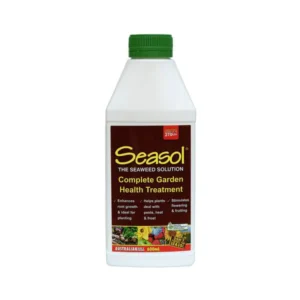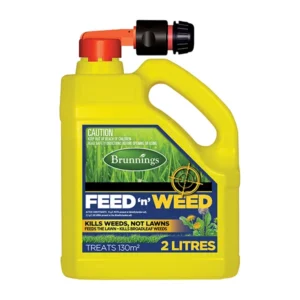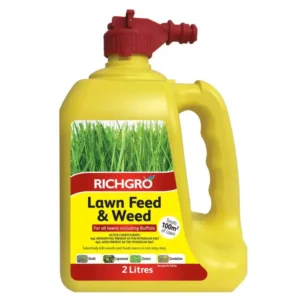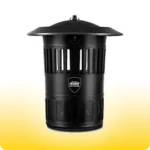Lawn Fertilisers
Find the perfect lawn fertiliser products to keep your grass lush, green, and healthy. We offer a wide range of fertilisers specifically designed for Australian lawns, including liquid, granular, and organic options. Whether you’re looking to repair patchy areas, boost growth, or maintain a vibrant lawn year-round, our products provide effective solutions for all your lawn care needs.
Showing all 3 results

Select options
This product has multiple variants. The options may be chosen on the product page
Seasol Seaweed Concentrate
3 reviews $11.49
Select options
This product has multiple variants. The options may be chosen on the product page
Brunnings Feed ‘N Weed
1 reviews $14.90What is the Best Fertilizer for Lawns?
In Australia, choosing the right lawn fertilizer depends on your grass type and the local climate. For warm-season grasses like Buffalo, Kikuyu, or Couch, fertilizers high in nitrogen are ideal for promoting lush, green growth. Slow-release granular fertilizers are particularly effective as they provide consistent nourishment over time without the risk of overfeeding. For those looking for environmentally friendly options, organic fertilizers are a great choice, enriching your soil while supporting sustainable lawn care.
When is the Best Time to Fertilize Your Lawn?
Timing your fertilization is key to achieving the best results. For warm-season grasses like Buffalo and Kikuyu, late spring through summer is the optimal time, as the grass is actively growing. Cooler regions, such as Tasmania, can benefit from a light feeding in early spring to kickstart growth after winter dormancy.
When Should You Avoid Fertilizing Your Lawn?
There are times when fertilizing can do more harm than good. Avoid fertilizing during periods of extreme heat or drought, as the grass can become stressed. Similarly, don’t fertilize when the lawn is dormant or just before heavy rain, as this can wash away nutrients and lead to runoff.
Top Tips for Using Lawn Fertilizers
Top Tips for Using Lawn Fertilizers
- Choose the Right Fertilizer: Match your fertilizer to your grass type. Look for products formulated for Buffalo, Kikuyu, or Couch grass to ensure the best results.
- Test Your Soil: A soil test can help you determine the specific nutrients your lawn needs, ensuring you’re not under- or over-fertilizing.
- Apply at the Right Time: Fertilize warm-season grasses in late spring and summer when growth is at its peak. In cooler regions, an early spring application may also be beneficial.
- Use the Right Tools: Use a spreader for even distribution. Calibrate it properly to avoid applying too much or too little.
- Water Immediately: Watering after application helps nutrients penetrate the soil and reach grass roots effectively.
- Mind the Weather: Avoid fertilizing before heavy rain, which can wash nutrients away. Similarly, steer clear of fertilizing during extreme heat or drought.
- Protect Nearby Plants: Be cautious not to spread fertilizer onto flower beds or vegetable gardens, as some fertilizers may harm non-grass plants.
- Clean Up Excess: Sweep any fertilizer from paths or driveways back onto the lawn to prevent runoff into waterways.
- Keep Off the Grass: Limit foot and pet traffic after fertilization as per the instructions on the fertilizer package.
- Stay Consistent: Fertilizing is part of ongoing lawn care. Reapply as needed throughout the growing season and monitor your lawn’s health to adjust your schedule.




 Mosquito Traps
Mosquito Traps